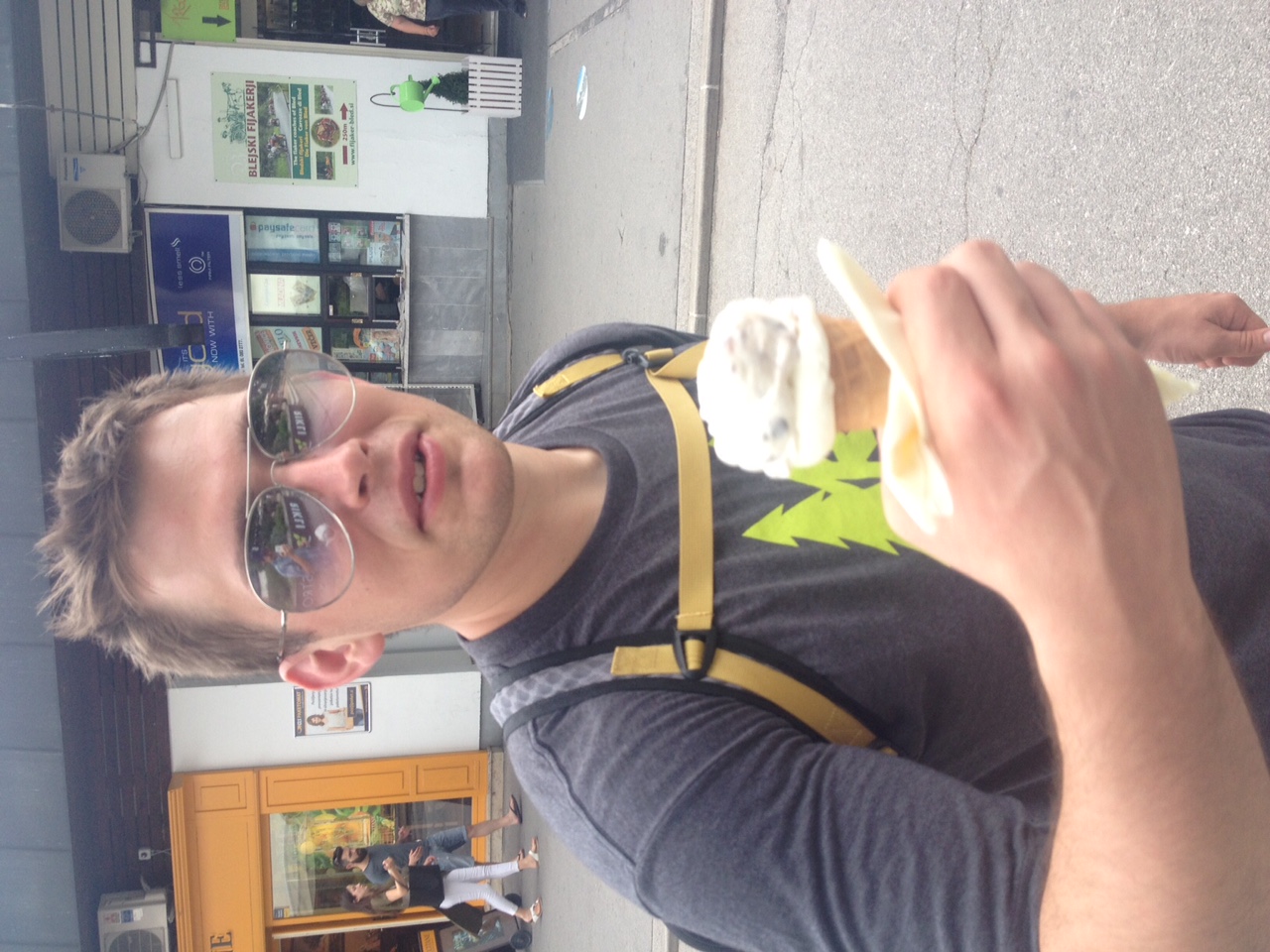Background
If you look at just about any map featuring Macedonia you will see the letters “FYROM” in parentheses next to the word “Macedonia”. The reason for this is because the country’s official name is the former Yugoslav Republic of Macedonia. As you should have guessed, Macedonia was one of the six republics in the former Yugoslavia. Macedonia became independent in 1991. It was the only one of the Yugoslav republics to break away peacefully. However, independence led to a new set of issues over the country’s name. In popular conception, Macedonia most associated with the kingdom led by Alexander the Great. The ancient Macedonia consisted of northern Greece, surrounding areas, and only the lower portion of modern Macedonia. Ancient Macedonia was a Hellenistic (Greek) culture and is still held in high regard by Greeks to this day. Modern Macedonia is occupied by Slavic people speaking a Slavic language. They are not the descendants of Greek Macedonians and this is how the issue with Greece arises. To Greece, the modern Republic of Macedonia is appropriating Greek history and culture. Northern Greece is still referred to as Macedonia. Pella, the city where Alexander was born, is in Greek Macedonia. Greece is simply unhappy that another country would employ its history and symbols in its national identity.
Greece was quick to protest Macedonia’s name after the country’s independence. Greece attempted to block Macedonia’s ascension to the United Nations as well as recognition of the country by other international groups until the name was changed. Ultimately, a compromise was reached under which the country would be referred to as the former Yugoslav Republic of Macedonia on a provisional basis. Greece would relent on some of its protests and Macedonia would be able to function on the international stage more easily. Oddly, in the United Nations General Assembly, is seated in the ‘T’ section between Thailand and Timor-Leste. While neither side is satisfied with this outcome, it does not appear that any change in the status quo is coming soon.
Another issue that Greece had with Macedonia beyond the name was its original flag. The Republic of Macedonia’s flag incorporate the Vergina Sun, a Greek symbol. This led Greece to place a trade embargo on Macedonia until the flag was altered. The flag was changed in 1995 to a stylized sun and the embargo was lifted.
Though the majority of the population in Macedonia is ethnic Macedonian, a sizable Albanian minority is present. Ethnic tensions have flared up on occasion. Most significantly, conflict broke out in 2001 which led to increased recognition of Albanian culture and language by the government.
Macedonia uses the Cyrillic alphabet, however the Albanian population uses the Latin alphabet. The relative presence of these alphabets in an area functions as a visible shibboleth.
Adventures in Skopje
My experience in Macedonia was limited to two days in the capital city of Skopje. Skopje is a peculiar city. It’s not truly bizarre, it’s just odd in a way that reflects the identity crisis of the republic. The city center is filled with monuments, statues, and fountains built or restored only in the last few years. A handful of buildings have also gone up as part of the city's effort to add a measure of classical gravitas appropriate for a European capital. However, these monuments also lend the city a Las Vegas-like feeling of imitation. It may feel slightly tacky, but I find the city is oddly enjoyable, especially for a quick trip. At night the city center shines. With the bridges, buildings, and statues lit up crowds emerge to make the city center buzz.


